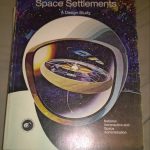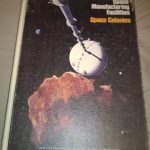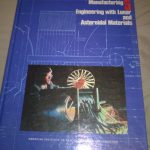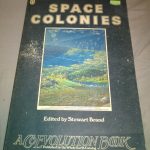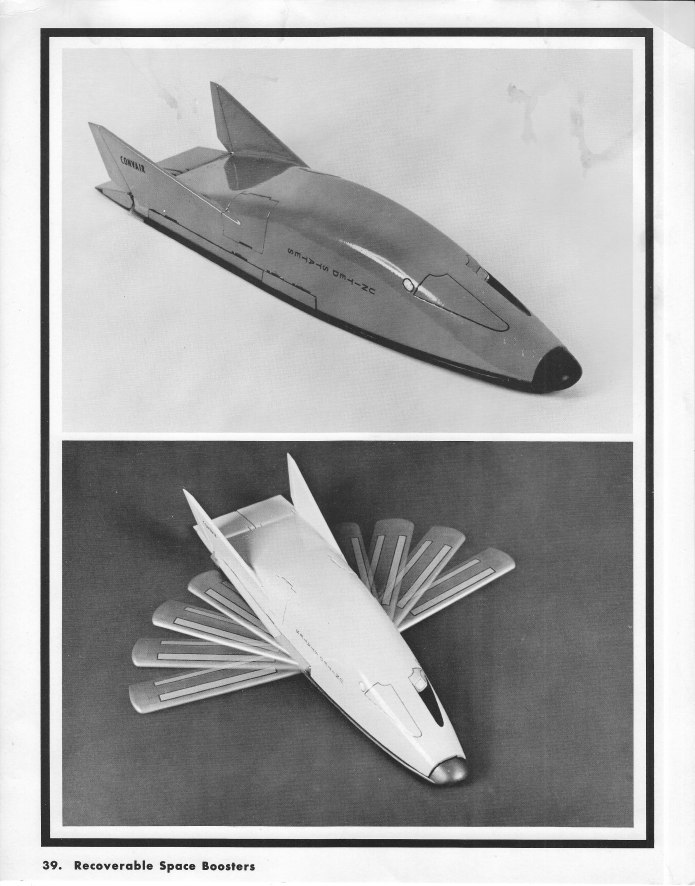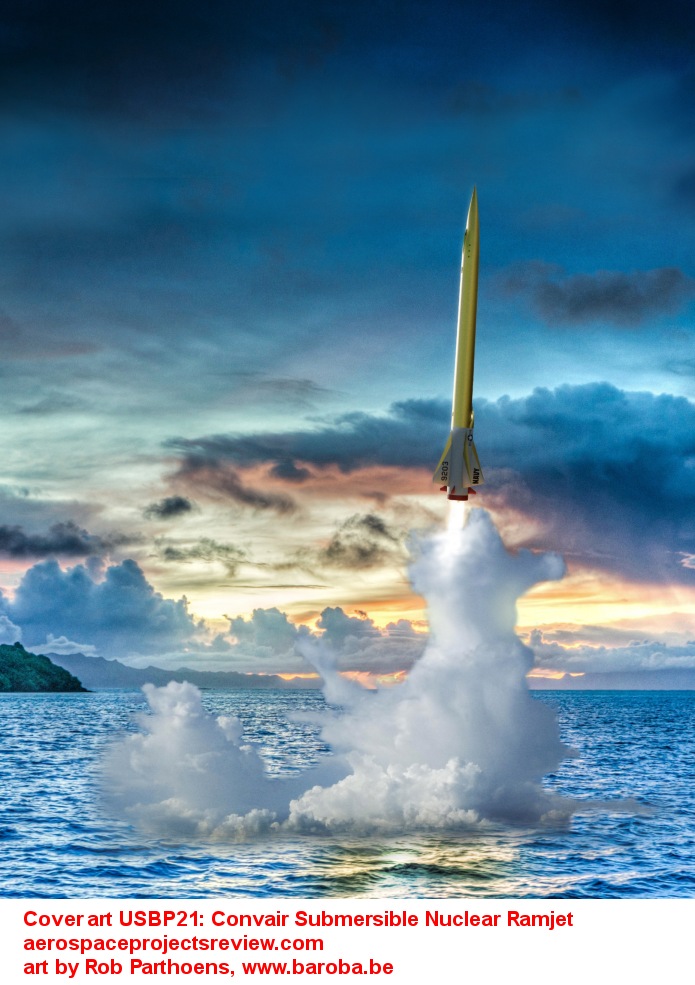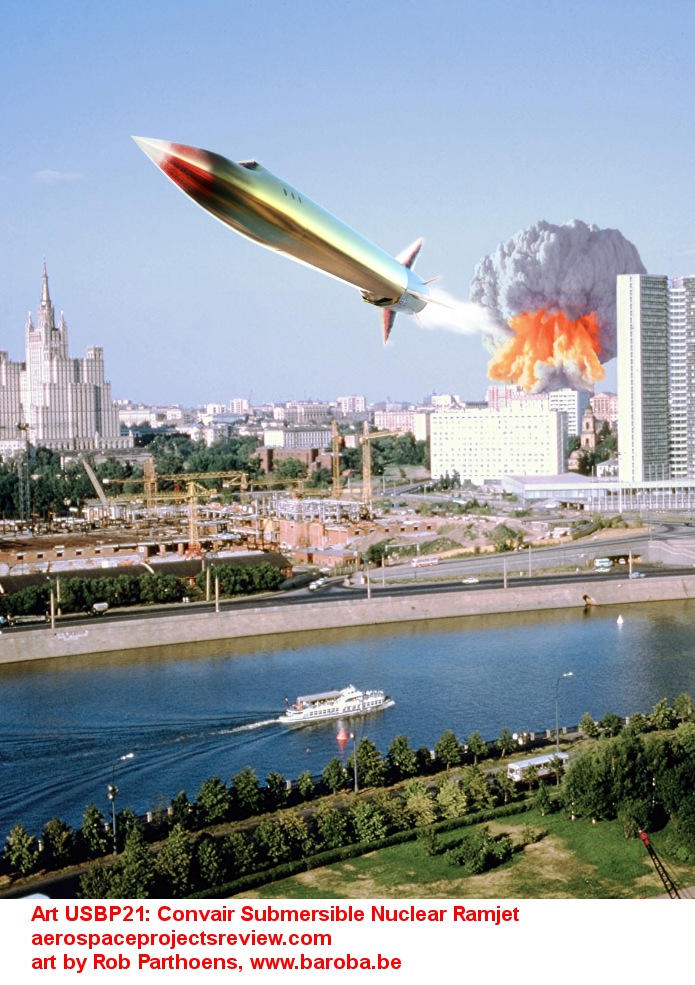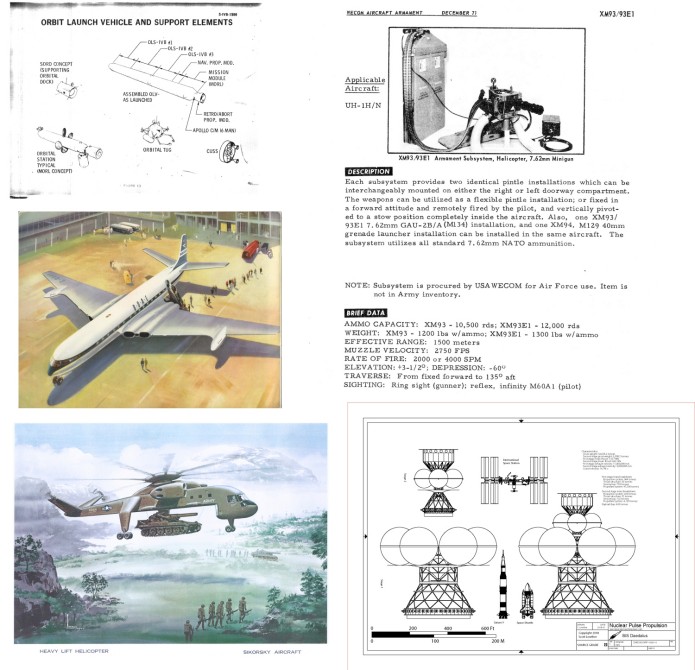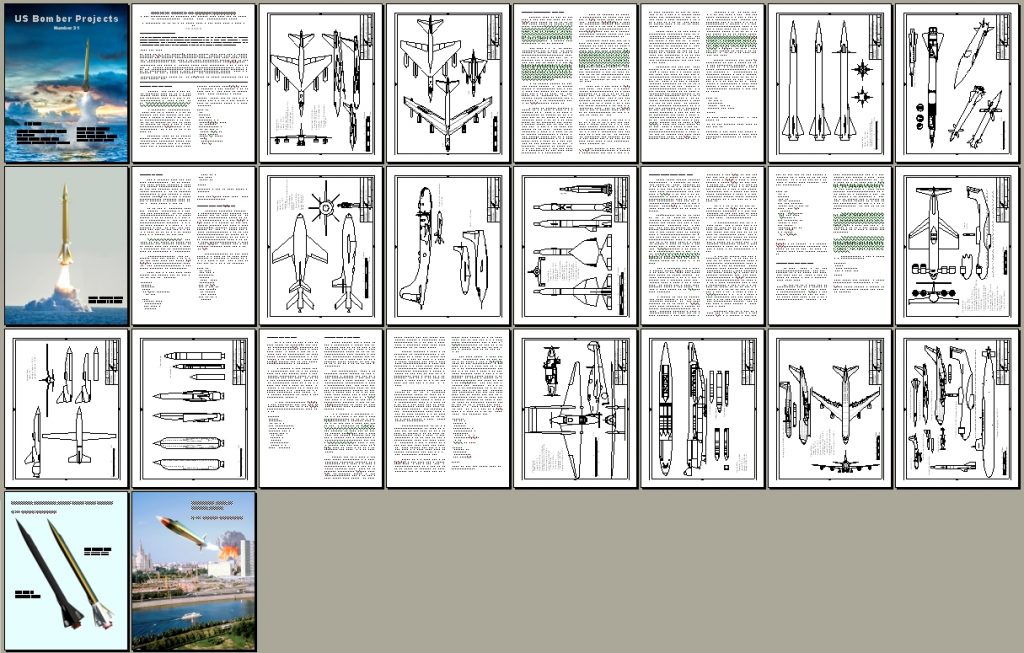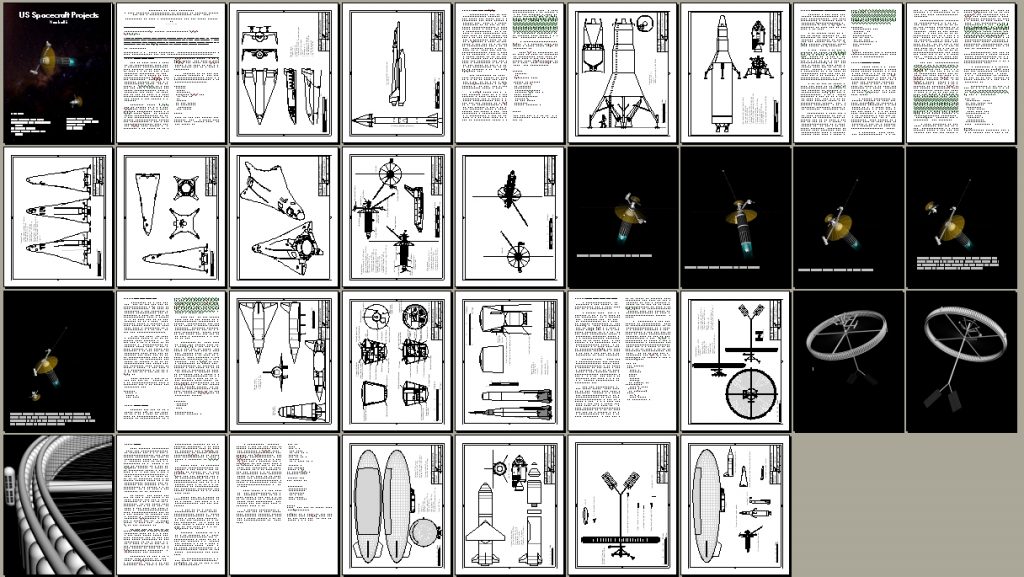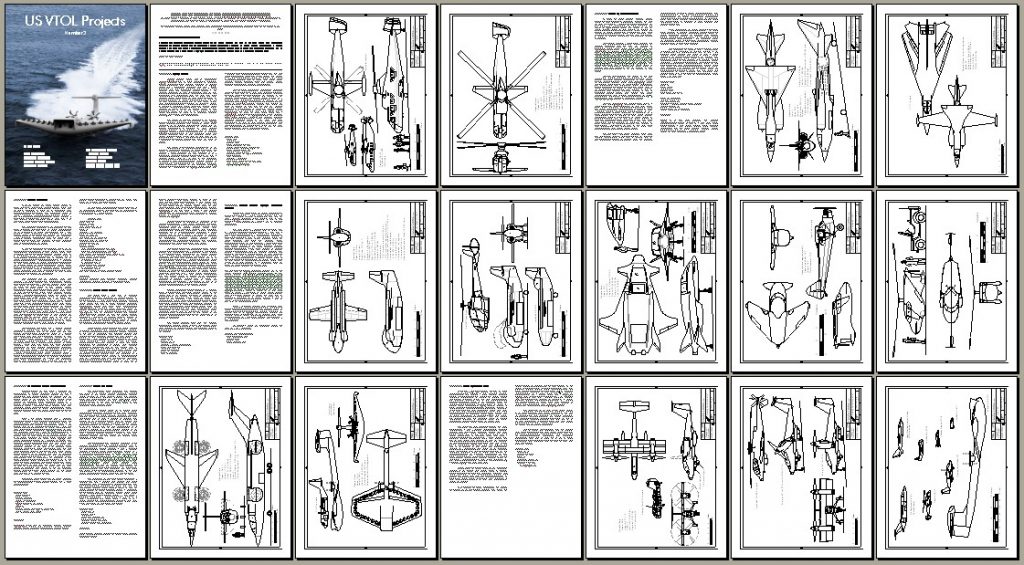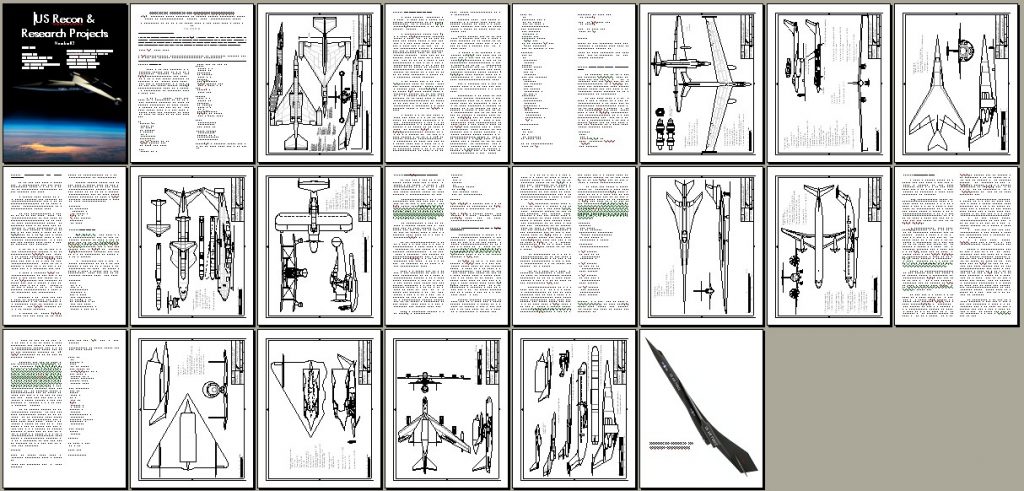Bad news: the Chinese have already pilfered it.
What Secretive Anti-Ship Missile Did China Hack From The U.S. Navy?
The “Sea Dragon” is a mysterious missile program that began in 2015 and has already resulted in flight vehicles, with new versions being prepared for launch by submarines while submerged. The article suggests several possibilities of what the “Sea Dragon” might be… but one thing it does seem to be is the next missile design the Chinese will be building, since they managed to swipe half a terabyte of data.
It’s great that the Navy might actually be developing something new. Not helpful is letting our enemies just copy the damn thing. Somebody needs a whoopin’.
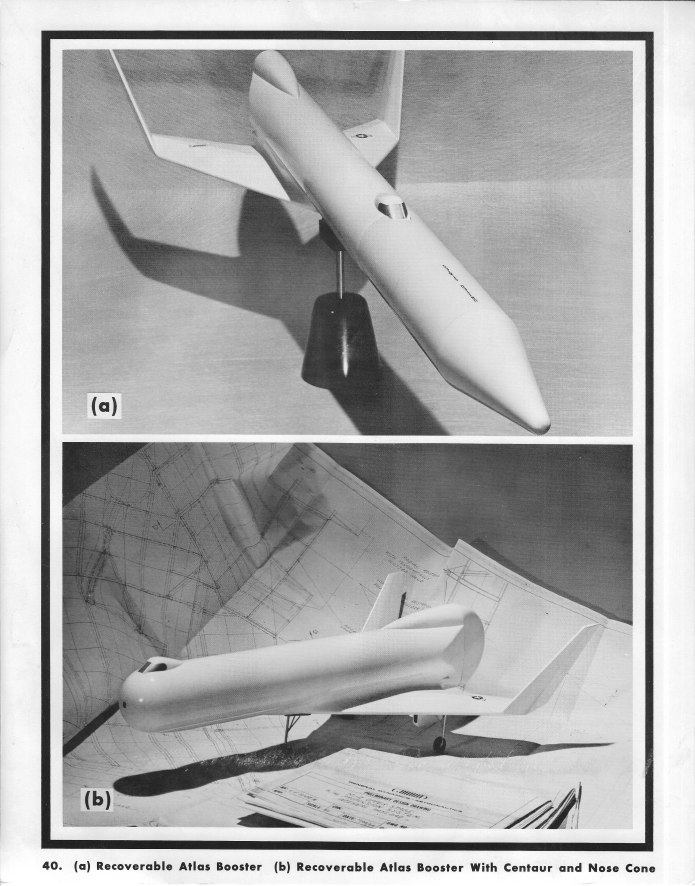
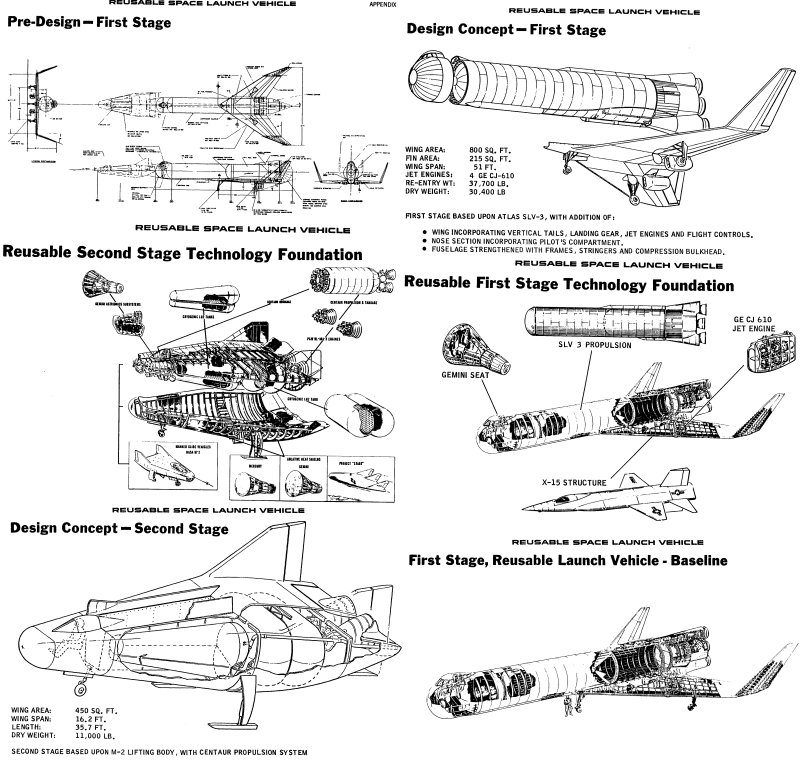

 I’ll give it a day or so to see who’s interested.
I’ll give it a day or so to see who’s interested.
